The GBP/USD fell 0.32% during the North American session, after data from the United Kingdom (UK), depicted the economy is at the brisk of recession amid a high inflation period. That and investors awaiting the Federal Reserve’s decision on monetary policy keep the Greenback in the driver’s seat. At the time of writing, the major is trading at 1.2519. The Office for National Statistics (ONS) revealed the UK economy shrank in October by -0.3% MoM, below the consensus of 0%, blamed by wet weather, the ONS said. It’s the first time since June that the Gross Domestic Product (GDP) plunged on a monthly basis. The GBP/USD edged from 1.2550 to under 1.2510 on the data release. With this, traders had increased the odds the Bank of England (BoE) would slash interest rates four times next year, one more than yesterday. On Thursday, the BoE is expected to keep rates unchanged.
On the US front, the Federal Reserve is expected to hold rates unchanged, but attention would be in the dot plots and the Summary of Economic Projections (SEP). In September, Fed officials estimated 50 basis points of rate cuts for 2024, though the market had priced four. If the US central bank sticks to its September posture, that could be perceived as hawkish, and the GBP/USD could drop below the 1.2500 figure. Data-wise, the Producer Price Index (PPI) in November continued to show the inflation is getting at around the Fed level on the producer side. The GBP/USD is neutral to bullish biased, but at the brisk of breaking below the 200-day moving average (DMA) at around 1.2494. A breach of the latter will expose the 100-DMA at 1.2452, confluence with the November 22 low, followed by the November 17 swing low of 1.2373. On the upside, the first resistance level would be 1.2600.

